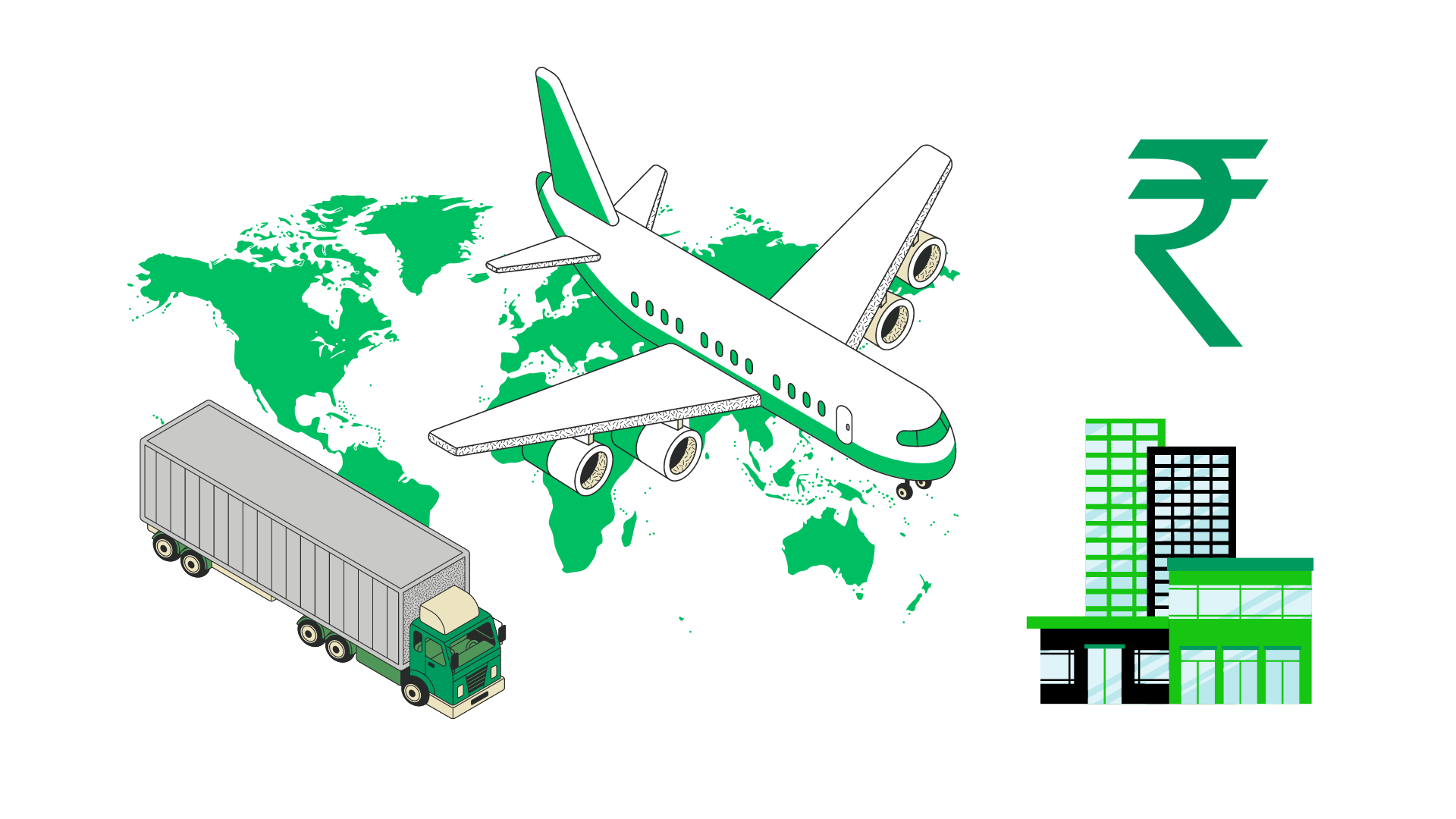Understanding Economy
Finance Series I Education Hub

An economy is a system of inter-related production and consumption activities that ultimately determine the allocation of resources within a group. An economy may represent a nation, a region, a single industry, or even a family.
Learning Tip
The production, consumption, and distribution of goods and services combine to fulfill the needs of those living and operating within the economy.
Understanding
Types of Economy
An economy encompasses all of the activities related to the production, consumption, and trade of goods and services in an entity, whether the entity is a nation or a small town.
In the modern world, few nations are purely market-based or purely command-based. But most lean toward one or the other of these models.
Market-based or “free market” economies allow people and businesses to freely exchange goods and services according to supply and demand.
The United States is mostly a market economy. Producers determine what’s sold and produced, and what prices to charge. If they expect to succeed, they will produce what consumers want and charge what consumers are willing to pay.
Command-based economies depend on a central government that controls the production levels, pricing, and distribution of goods.
In such a system, the government owns industries deemed essential on behalf of the consumers who use them. Competition among companies is discouraged or banned. Prices are controlled.
Communism requires a command-based economy. Contemporary examples include Cuba and North Korea.
Mixed Economies are quite common. Pure market economies rarely exist in the modern world since there’s usually some degree of government intervention or central planning. Even the United States could be considered a mixed economy. It may not mandate production but it has ways to influence it.
Let’s see how to study these economies and their classification.
Classification
Classification and Study of Economies
The study of economies and the factors affecting economies is called economics. The discipline of economics can be broken into two major areas of focus: microeconomics and macroeconomics.
Microeconomics studies the behavior of individual people and businesses in order to understand why they make the economic decisions they do and how these decisions affect the larger economic system.
Microeconomics studies how a particular value is attached to a product or service. It examines how individuals coordinate and cooperate with each other in business.
As the name implies, macroeconomics studies the big picture.
Macroeconomics includes the study of economy-wide factors such as the effect of rising prices or inflation on the economy. It seeks to track and understand the financial indicators that clarify an economy’s success or failure over time, such as gross domestic product (GDP), changes in unemployment, and consumer spending.
In short, macroeconomics studies how the economy as a whole behaves.
In the next article we will see major economic indicators to further understand the study of economy.
Get PRO
Get access to exclusive premium features and benefits. Subscribe a PRO plan.

